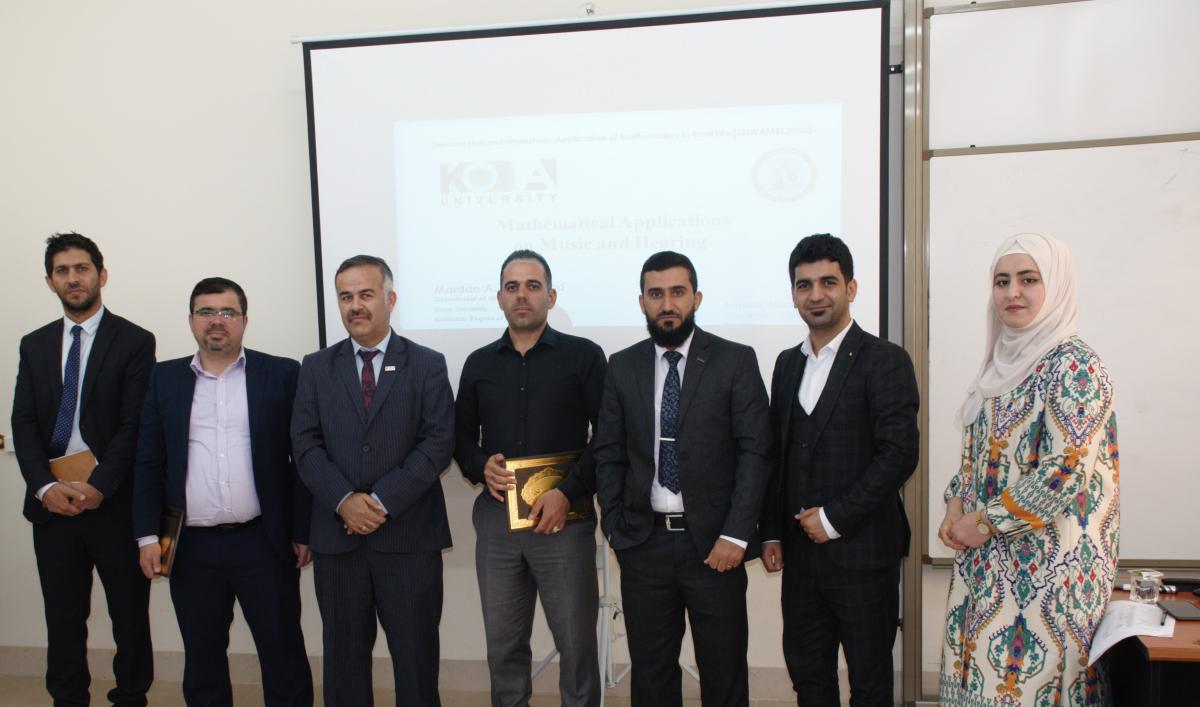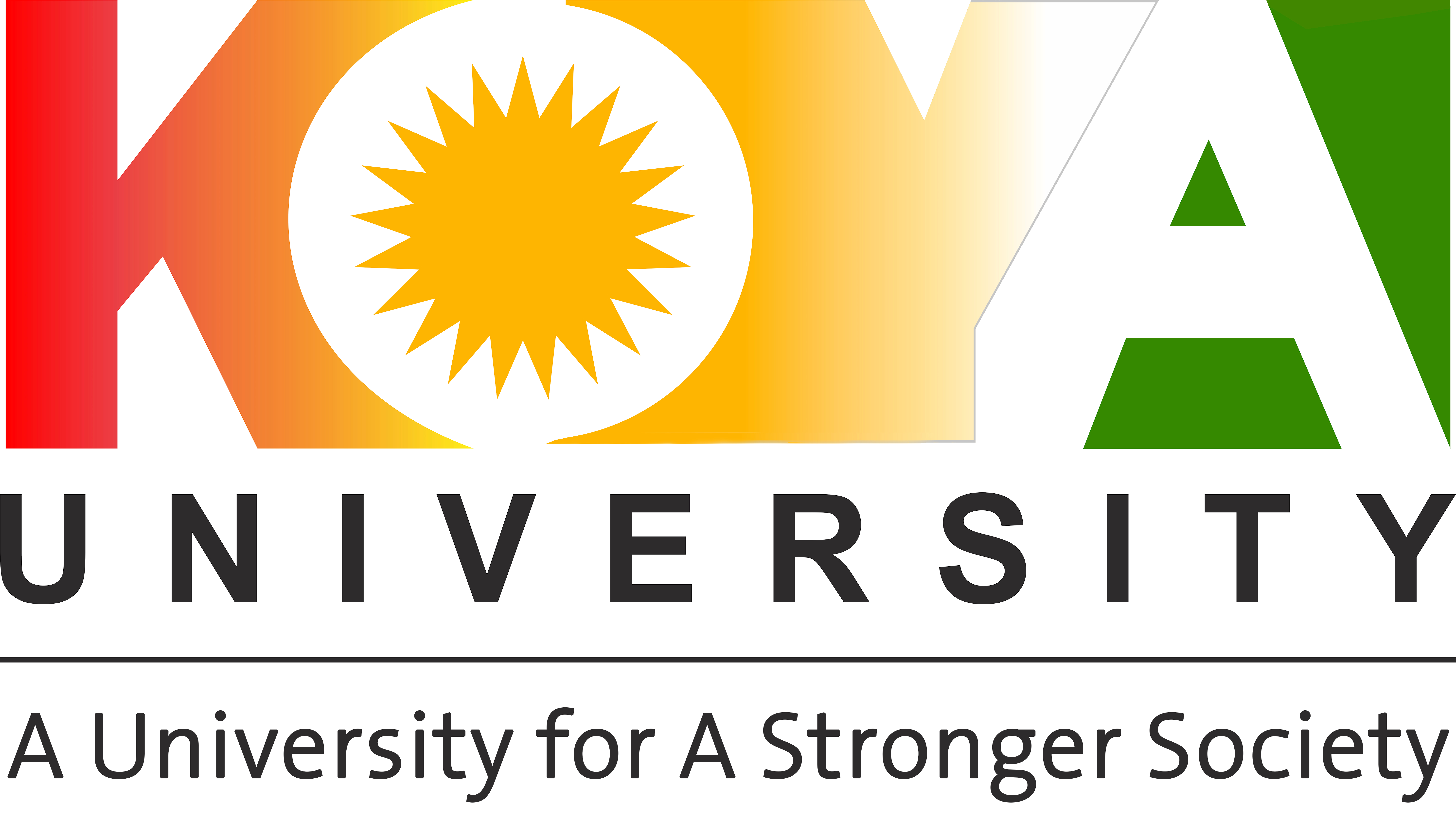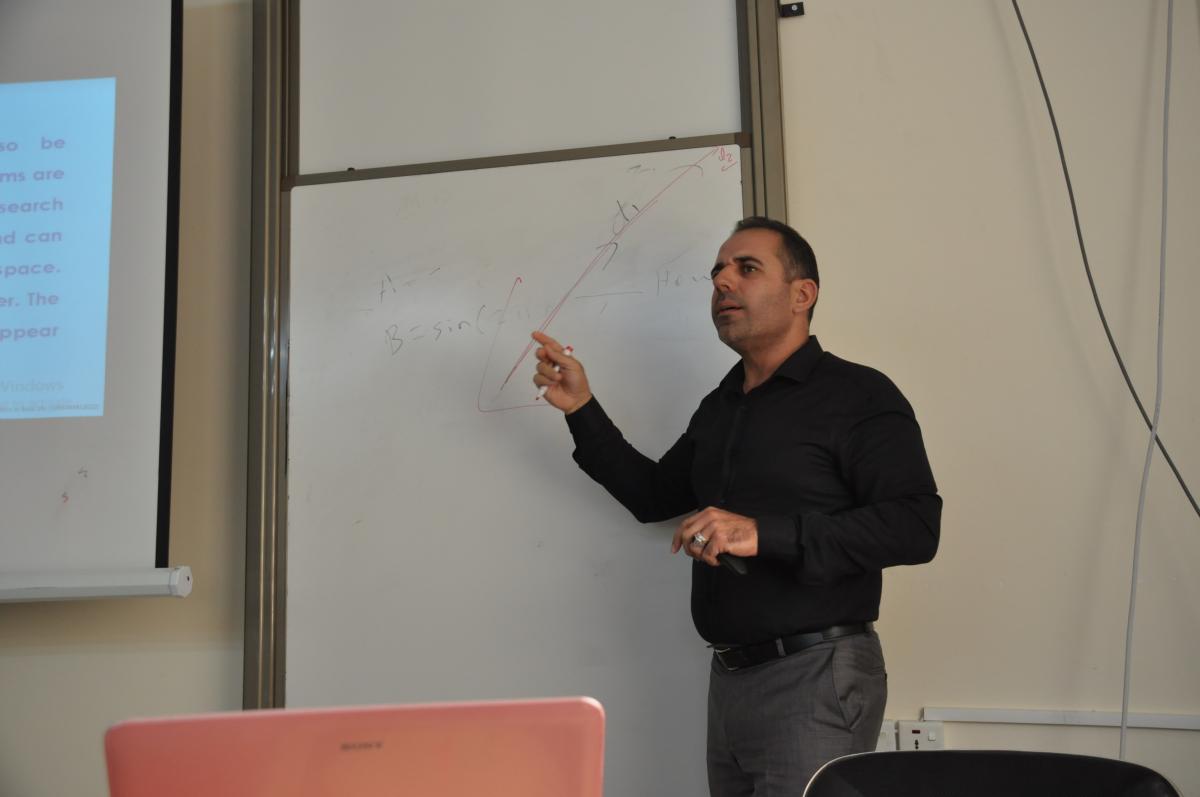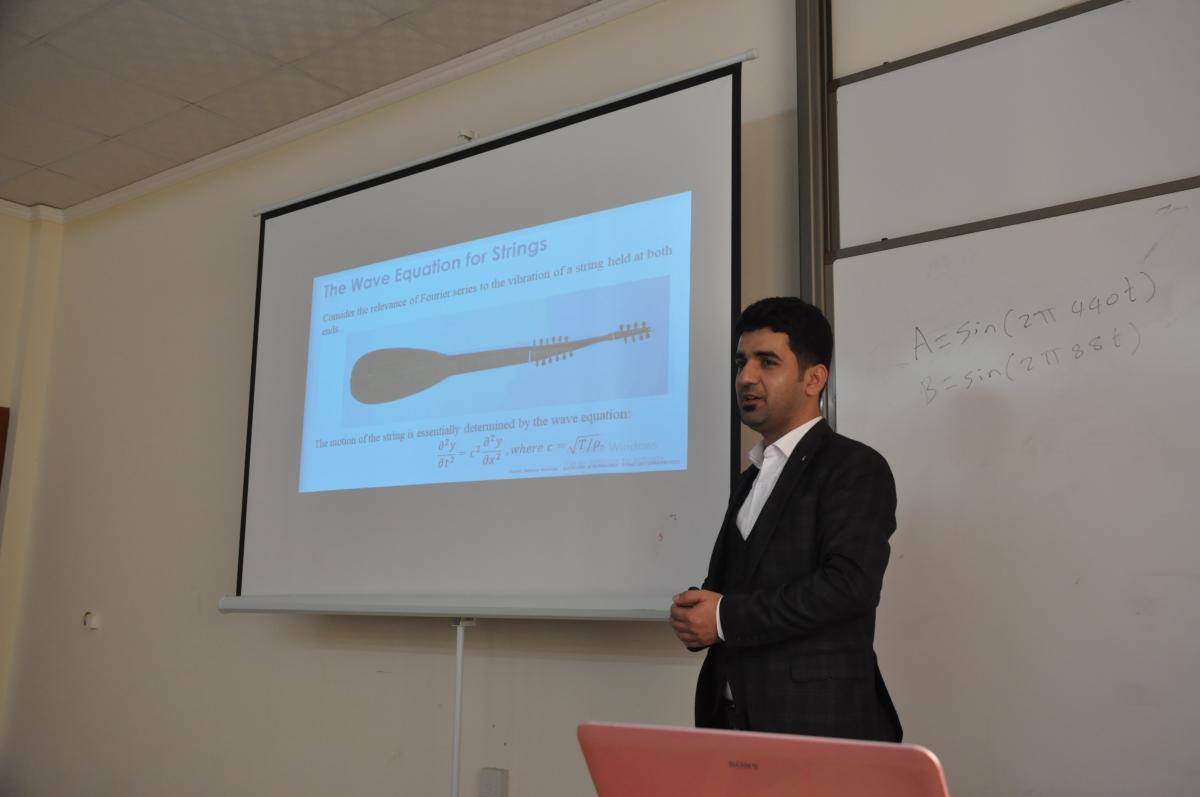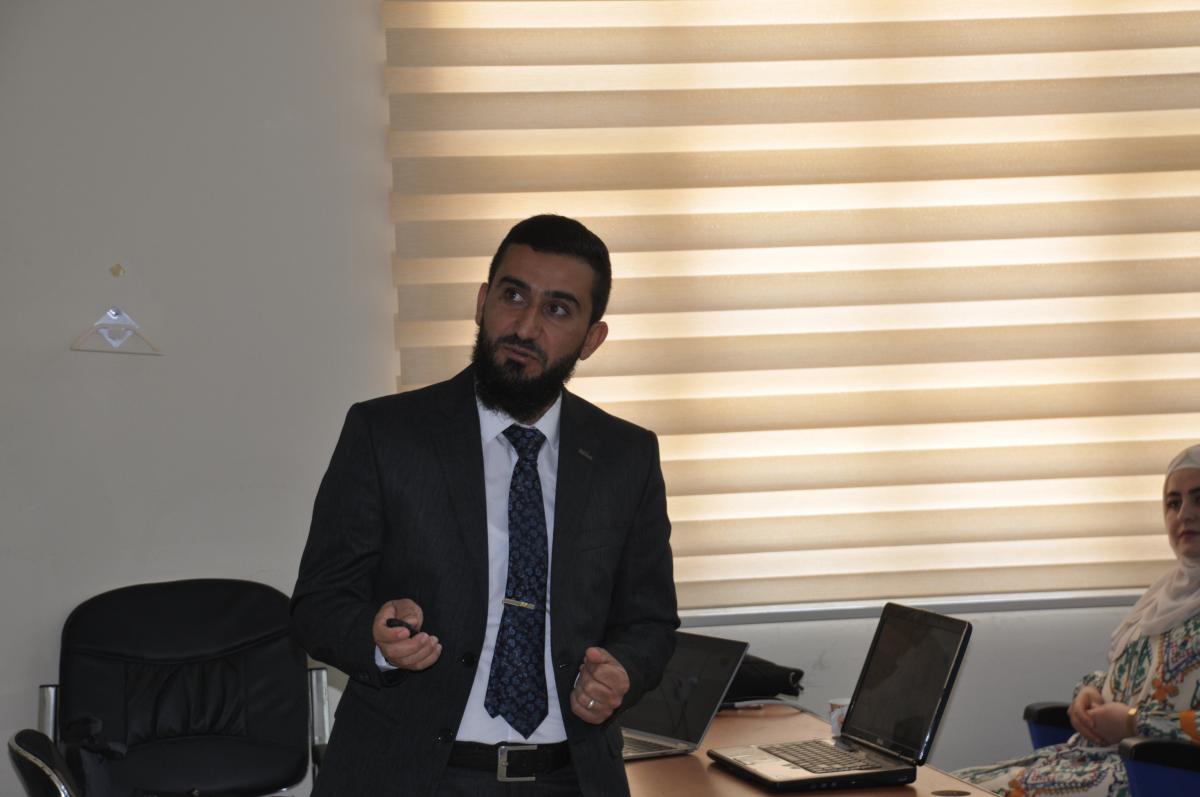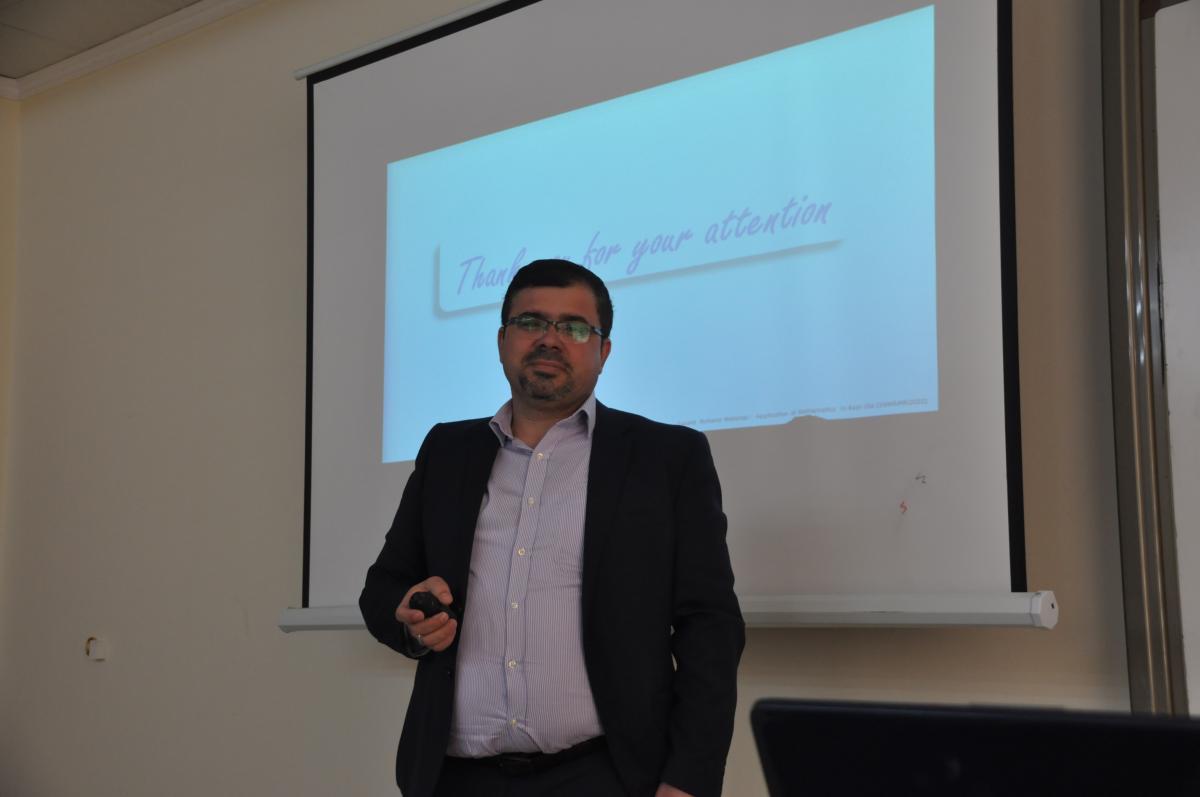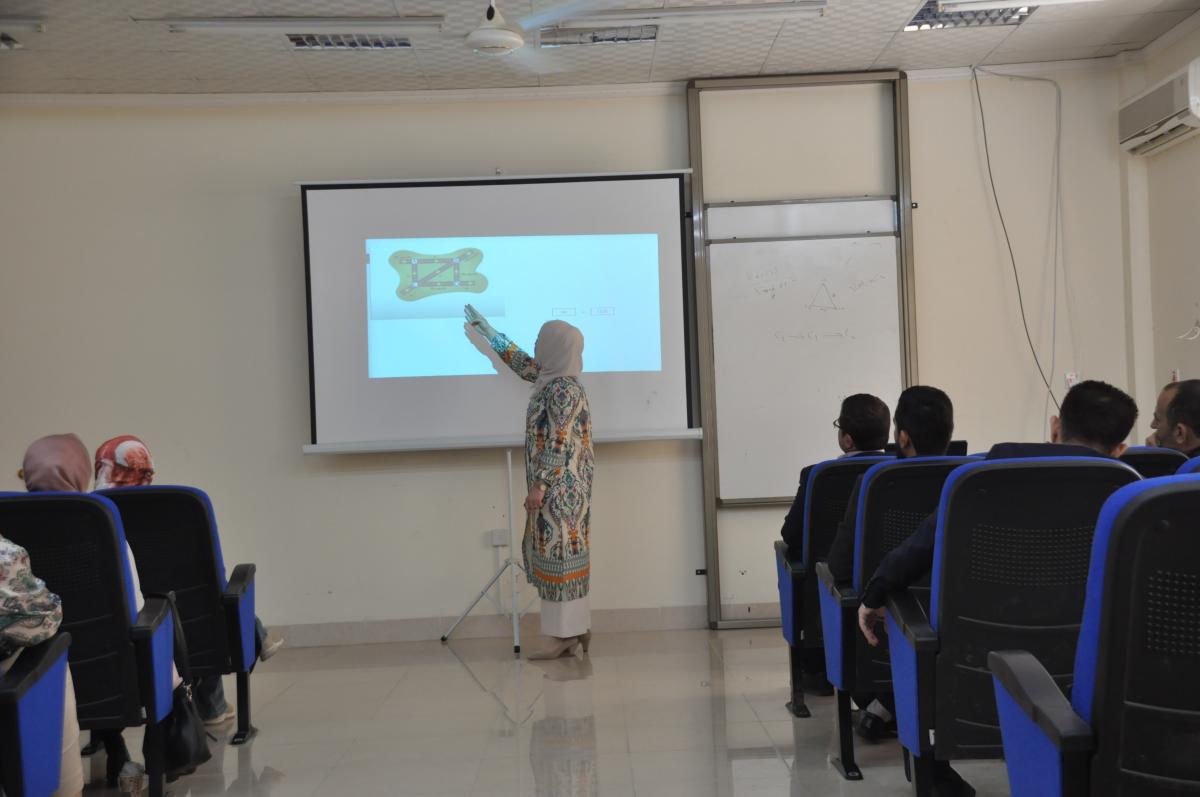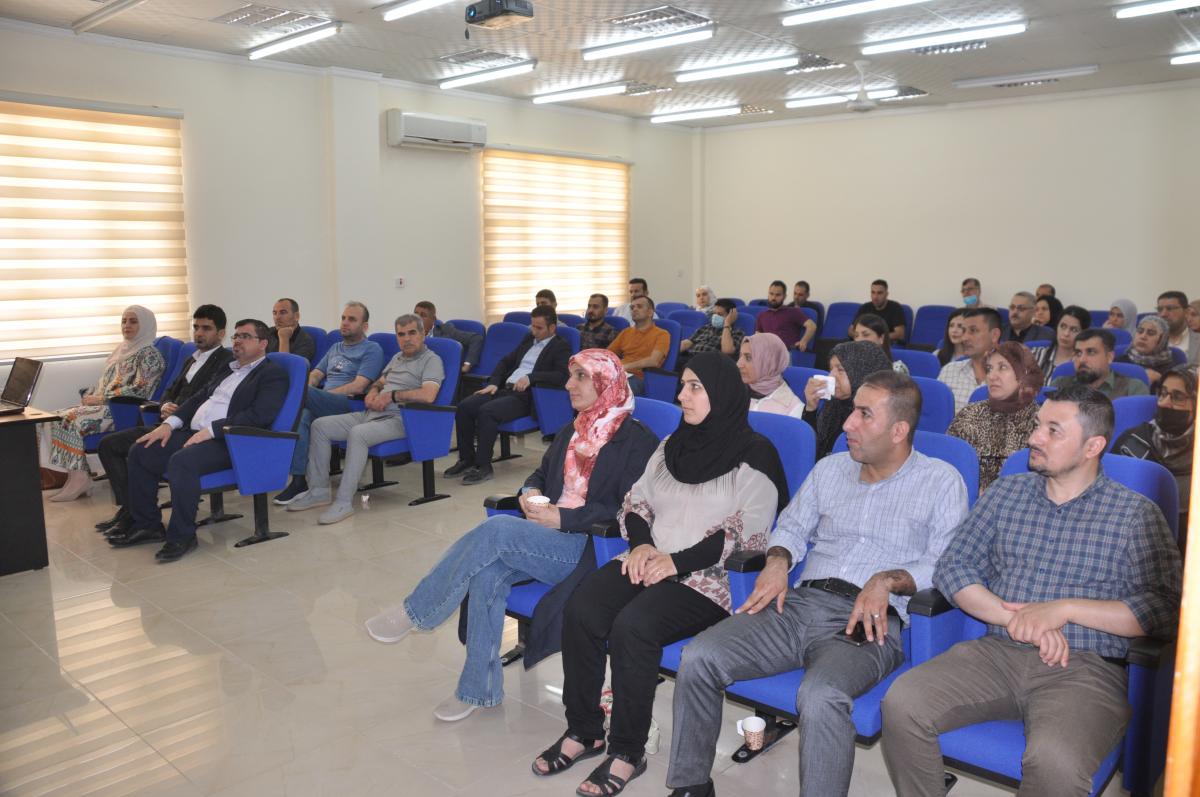When all aspects of mathematics are encouraged, such as mathematical problems that need thought, connection making, and even creativity, rather than procedure execution alone (pure mathematics), many more people contribute, engage, and feel valued. Mathematical Modeling, Numerical Analysis, and dynamical System are some examples that can be mentioned as an applied mathematics, which can solve those problems which are arise from the real life or other science including engineering, physics, biology, …, etc.
Therefore, such workshop which was held by Department of Mathematics on 11th of May, 2022 in Science and Health Research Center at Koya University is vital to break out the entrenched stereotype on math and show its application in real life.
In this workshop the presenters shed the light on five essential topics: Cholera disease, Image Analysis, Traffic flow, Information Retrieval using Vector Space, and Musing and Hearing. For this to be achieved, different mathematical methods were used with computer languages. At the end of this workshop each presenter was honored and their hard working were valued by the Dean of the faculty ‘Asst. Prof. Dr. Taha Jalal Omar’.
The workshop’s details
Title: Mathematical application in real life
Name of Presenters: Dr. Shadman Rahman Kareem, Mardan Ameen Pirdawood Mahmood, Hemn Mohammed Rasool, Omar Waleed Salih Alrassam, and Berivan Faris Aziz
Number of participants: 40
Date: 11/5/2022
Location: Health and Science Research Center
The Programme of the workshop
1st Presenter: Hemn Mohammed Rasool
The topic: Sensitivity analysis for the rate of exposure to contaminated water on the spreading of the cholera disease
Mathematical modeling and computer simulations, are effective tools that help global efforts to estimate key transmission parameters. In model equations, computer tools and behavioral assessments are frequently employed, and they play an important role in disease control. Cholera is a water-borne infectious illness caused by the bacterium Vibrio cholera, which causes severe diarrhea and fast dehydration. The most recent illustration of the misery that cholera can bring to a country and its people is Haiti. Despite the fact that cholera has been known as a disease for over two centuries, there is not any effective control plan in place. This work can answer important questions about global health care and provide useful recommendations. After that, we examine the cholera model using sensitivity analyses with numerical simulation for all states. Full normalizations, half normalizations, and non-normalizations are used to evaluate the local sensitivities to each model states in relation to the model parameters. According to the sensitivity analysis, almost every model parameter might have an effect on the virus's spread among susceptible, and the most sensitive parameter is a . So for preventing the spread of this disease with depending on the simulations the susceptible and infected people should be more careful about the parameter a
(Rate of exposure to contaminated water).
2nd Presenter: Dr. Shadman Rahman Kareem
The topic: Topological Data Analysis Technique for digital Image Analysis
Topological Data Analysis (TDA) is the tool to the analysis of data sets using techniques from topology. Extraction of information from data sets that are high dimensional, incomplete and noisy is generally challenging. Which is a recent field that appear from different kind works in applied topology and computational geometry. This presentation provides an introduction to Topological Data Analysis and its applications to the digital image. Mathematical prerequisites are limited to algebra topology. Important concepts in topological data analysis such as Simplex set and simplicial complex. Actually, topological data analysis with apply persistent homology have gained increasing attention in the fields of shape recognition, image analysis, data analysis, machine learning, image detection, etc. In this presentation, I will focus on digital analysis and demonstrate how TDA can be useful in this regard. I first explain how can construct simplicial complex from given data, then I use (TDA) techniques to analysis image based on LBP method.
3rd Presenter: M. Mardan Ameen Pirdawood
The topic: Mathematical Applications on Music and Hearing
In my section, we showed how to use linear algebra to understand music and other types of sound. Specifically, you will see that a given sound can be viewed as elements of a linear space and its coordinates relative to a carefully chosen orthonormal basis will explain many different properties of the sound. After that, we discuss Fourier’s theory of harmonic analysis. This is the decomposition of a periodic wave into a (usually infinite) sum of sines and cosines. Also, we presented a partial differential equation for some musical instruments. Additionally, we presented a mathematical model that describes the fluid motion in the inner ear and the behavior of the basilar membrane for such motion. Finally, we proposed a new mathematical model formulated by ordinary differential equations (ODEs) that takes into account the causes of hearing loss. In addition, numerical simulations are presented in order to validate our theoretical results.
4th Presenter: M. Berivan Faris Azeez
The topic: Application of system of Linear equation
Linear Algebra is one of the most branches of mathematics that is concerned with mathematical structures closed under the operations of addition and scalar multiplication and that includes the theory of systems of linear equations, matrices, determinants, vector spaces, and linear transformations. In linear algebra a system of linear equations (or linear system) is a collection of one or more linear equations involving the same variables. In this brief presentation we tried to show two of the most popular application of system of linear equation which is (traffic flow and balancing chemical reaction). Traffic Flow is the study of the movement of individual drivers and vehicles between two points and the interactions they make with one another. On the other hand, to balance a reaction means to make the number of atoms the same on both the reactants and products side. To do so, coefficients need to be added to the chemical. In both of cases we explained how math could be helpful and it’ll be such an important factor with the other different field of science.
5th Presenter: M. Omar Waleed Salih
The topic: Performance Evaluation of Information Retrieval System using Vector Space Model: A Comparative Analysis
The aim of this presentation is to examine and evaluate the performance of the Information retrieval system through eight experiments to test all the features that can be used in a vector space model. These experiments are compared to show the best and the worst implemented features. The features are represented by applying (tf.idf, stop words, stemming), (tf.idf, No- stop words, stemming), (tf.idf, No- stop words, No-stemming), (tf.idf, stop words, No-stemming), (tf, stop words, stemming), (tf, No- stop words, stemming), (tf, No- stop words, No-stemming), (tf, stop words, No-stemming).
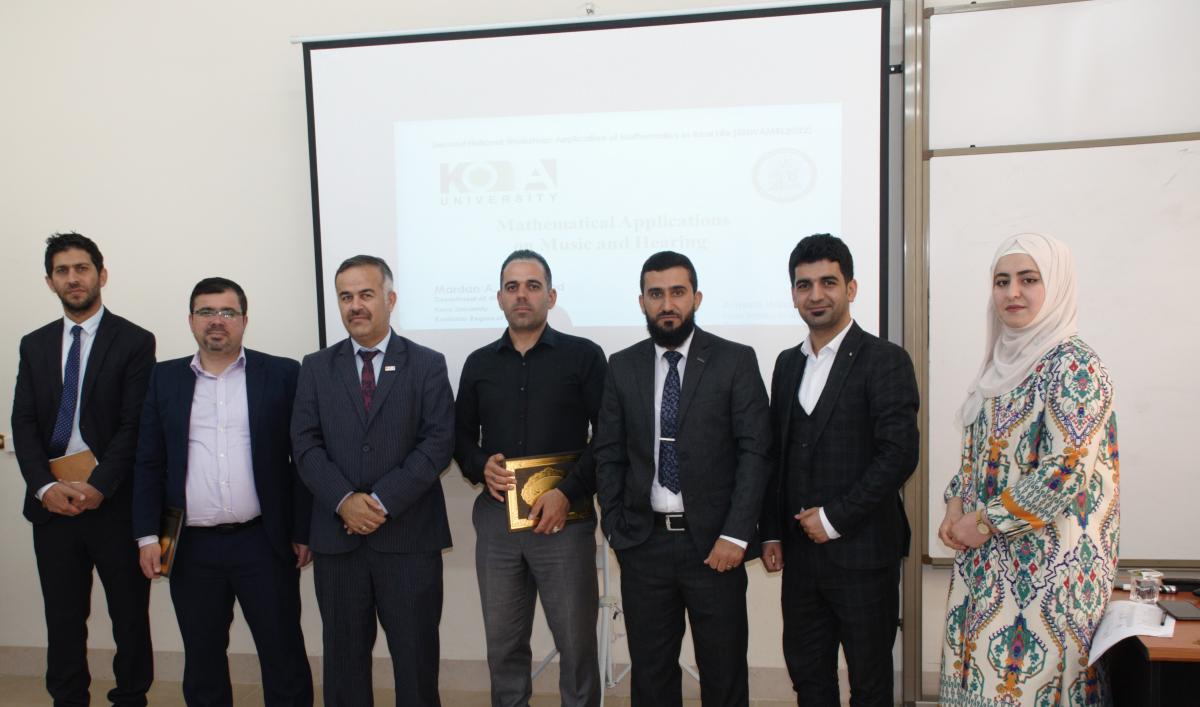
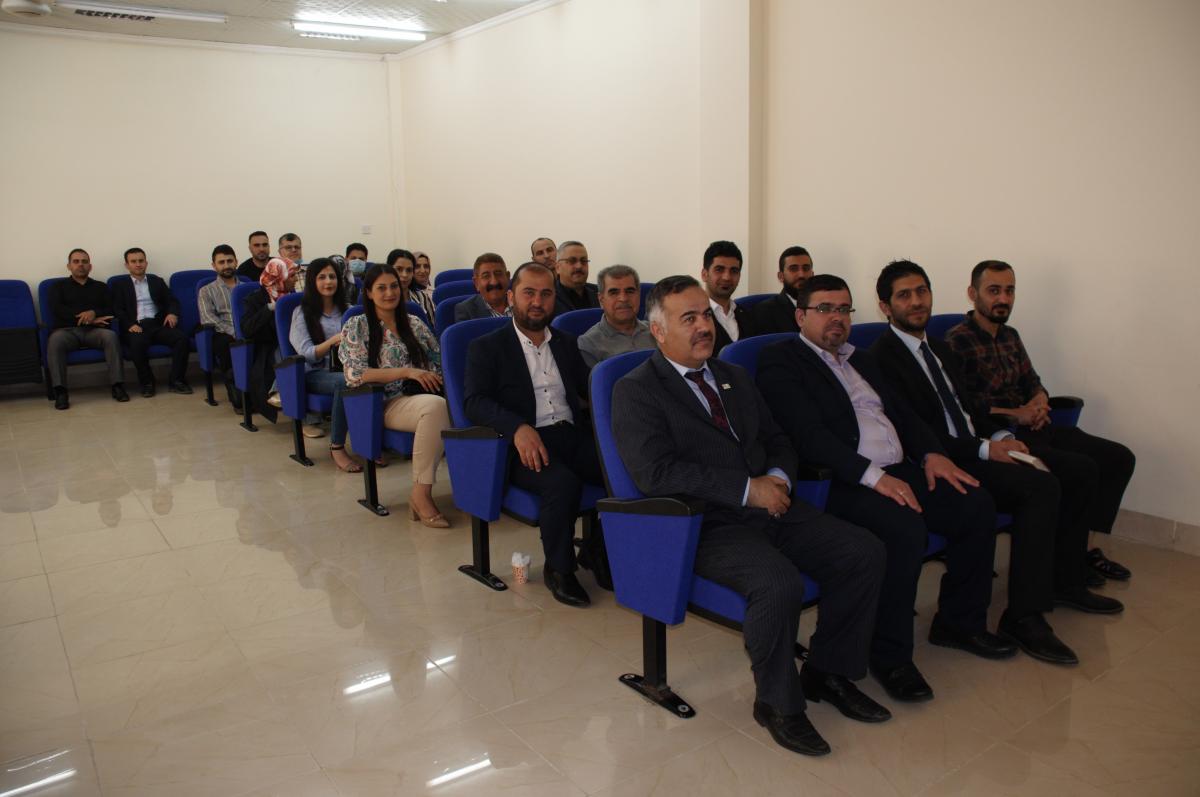
-----
Koya University (KOU) is located in the city of Koya (Koy Sanjaq) which is 1.0 hr drive to the East of the Kurdistan Region capital Erbil (Arbil, Hewlér) in Kurdistan Region of F.R. Iraq. It is on the foothills of beautiful high mountain. Its campus has been carefully laid out to embrace the beautiful mountainous nature. . There are 4 Faculties and 2 Schools in KOU; Faculty of Engineering (FENG), Faculty of Science and Health (FSCH), Faculty of Education (FEDU), Faculty of Humanities and Social Silences (FHSS), Shcool of Physical Education (SPHE) and School of Medicine (SMED). Also, there are two research centers; Genome Center and Malai Gawra Center. Moreover, at KOU there is an English Language Center (BELC) at KOU has been opened with the sponsorship of IREX and American embassy in Baghdad as well as with the support of Spring International Language Center of The University of Arkansas. KOU has two Scientific Journals; ARO-The Scientific Journal of Koya University, which is indexed by Clarivate Analytics (ESCI), and Koya University Journal of Humanities and Social Sciences (KUJHSS). KOU is a proactive member of Erasmus/ Marhaba Project and Erasmus+. KOU signed many Memorandum of Understandings (MoU) with many International Universities, e.g., The University of Arkansas (June 2015). The Lulea University in Sweden (April 2014), The University of Nottingham in the UK, The University of Buckingham in the UK (Oct 2008), Belkin University in Turkey (Sep 2009) The University of Greenwich in the UK, Cihan University-Erbil (2021) and Tishk International University (2021). Koya University is a memebr of The Association of Arab Universities and the International Association of Universities.
Arabic Wikipedia | Turkish Wikipedia Iraq | Tukish Wikipedia KRG | Persian Wikipedia | Wikipedia Kurdistan | University of hawai | قائمة جامعات العراق | كردستان العراق | Portugal Wikipedia
